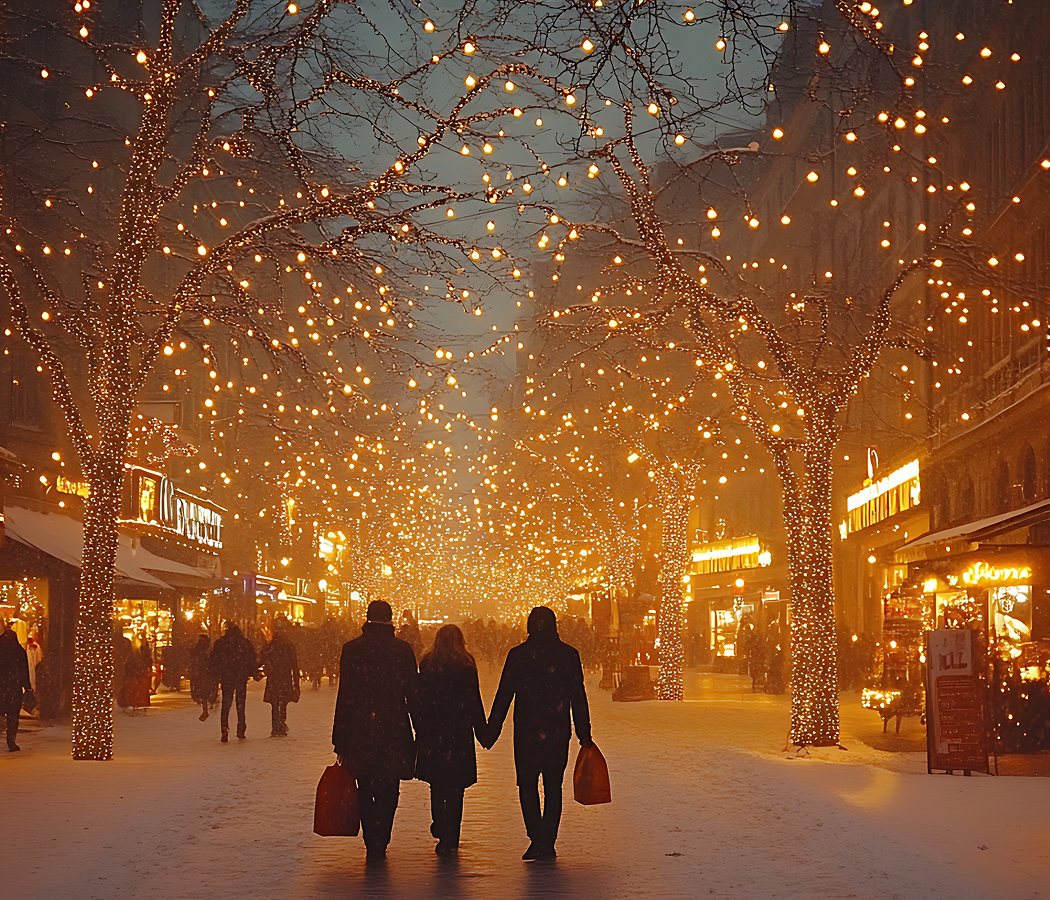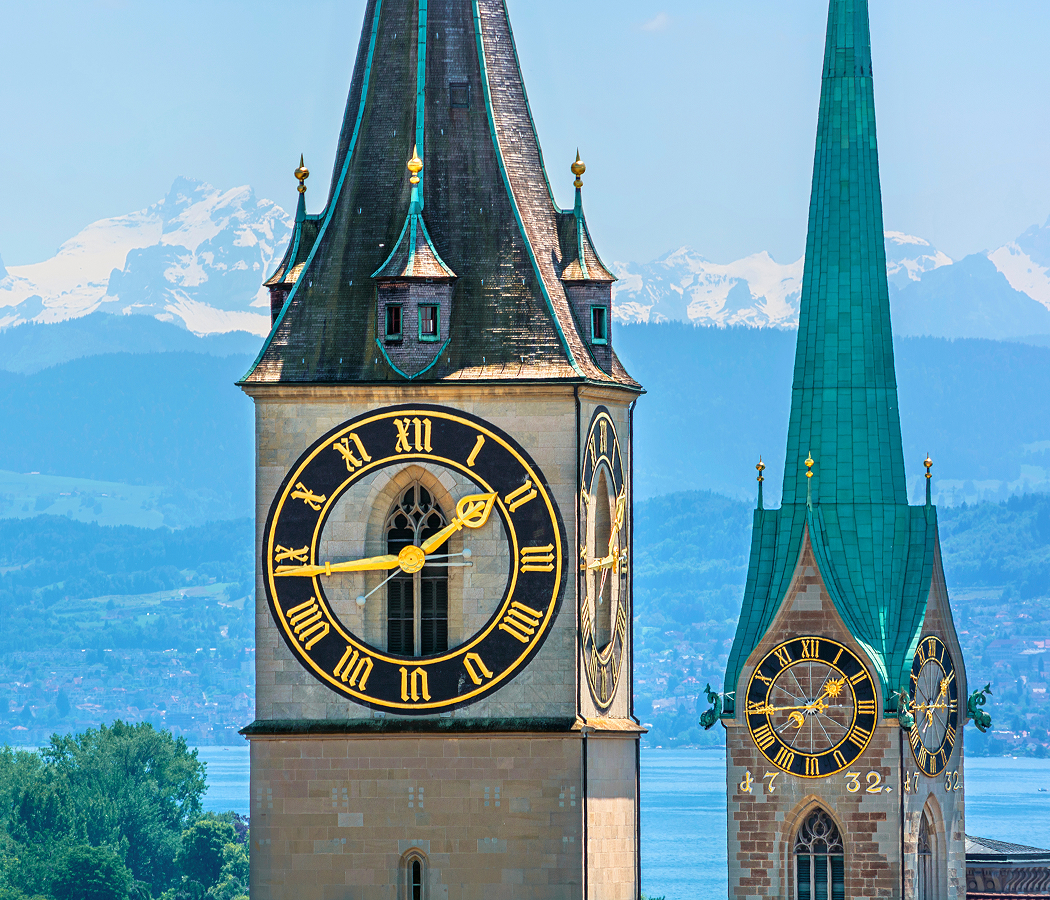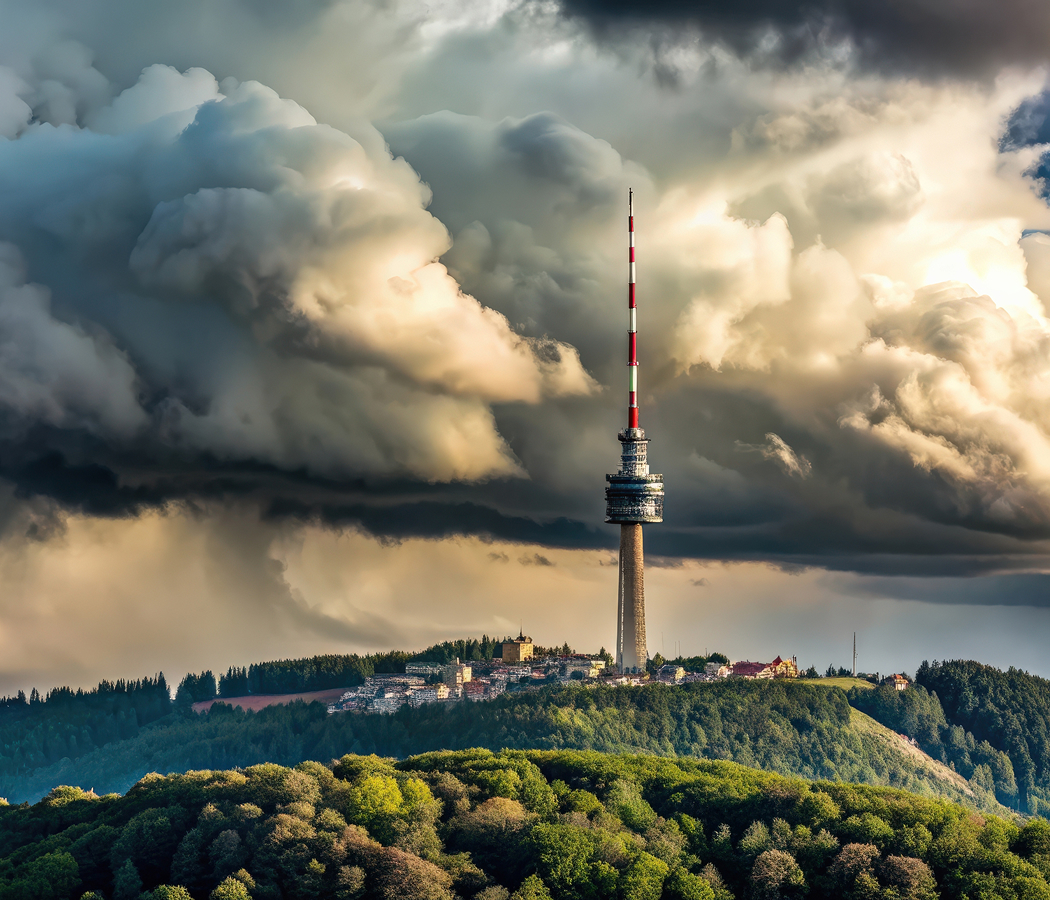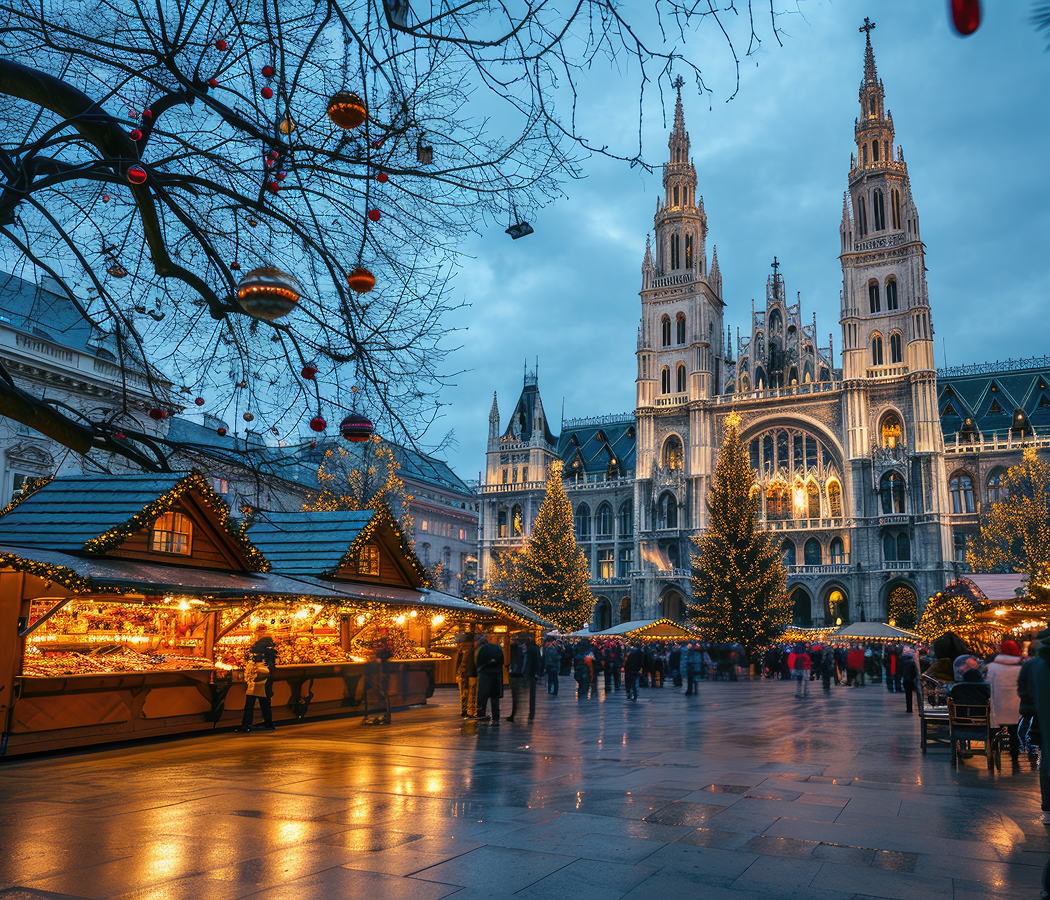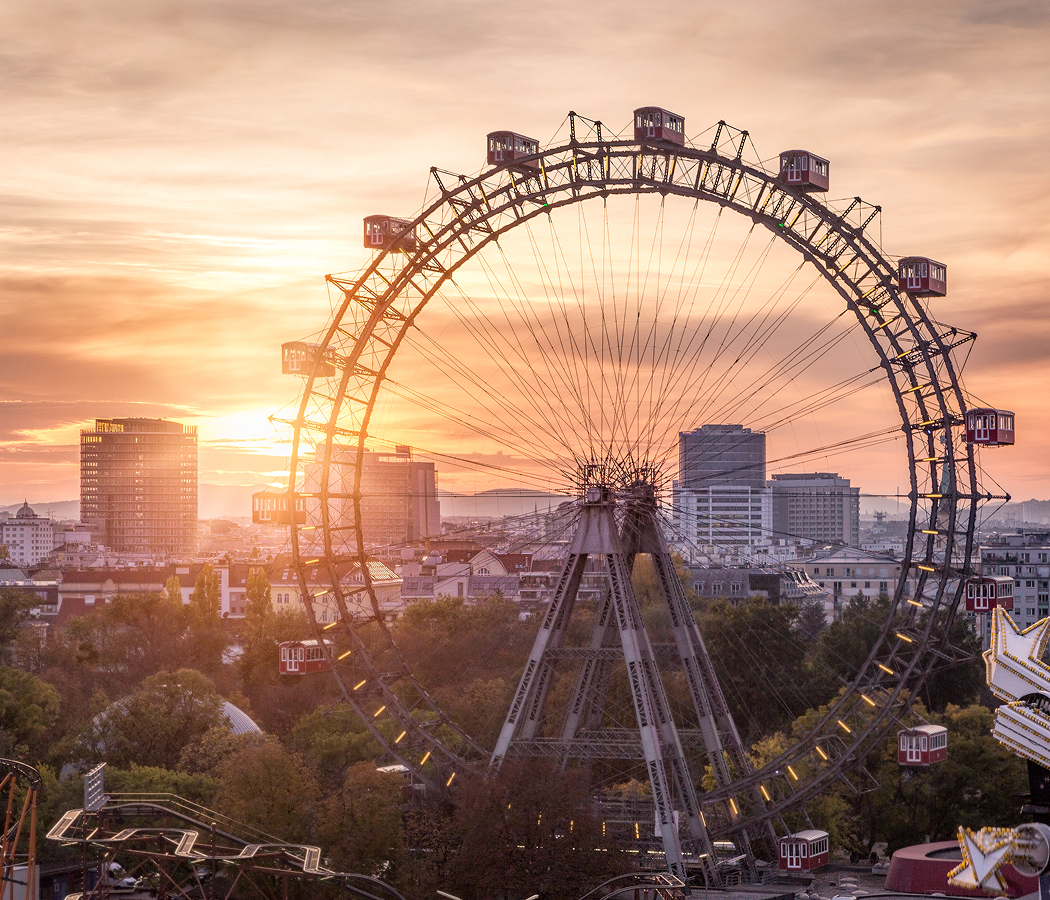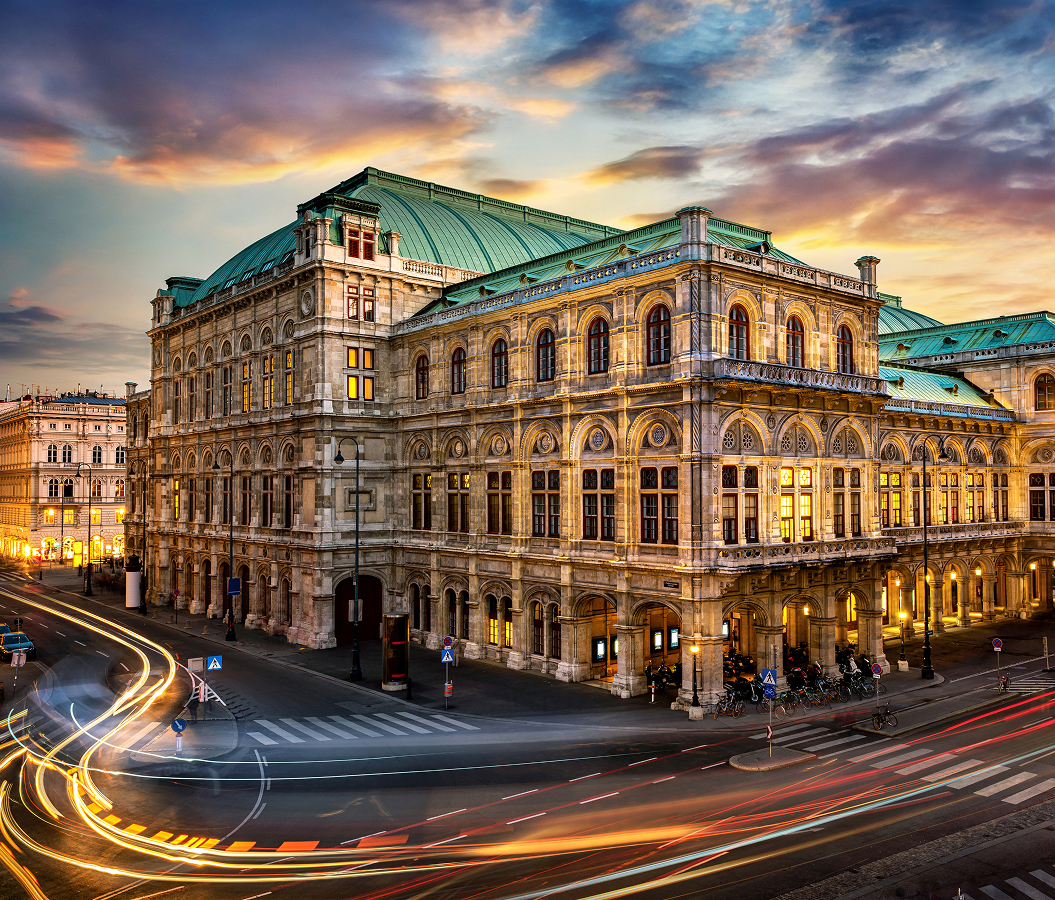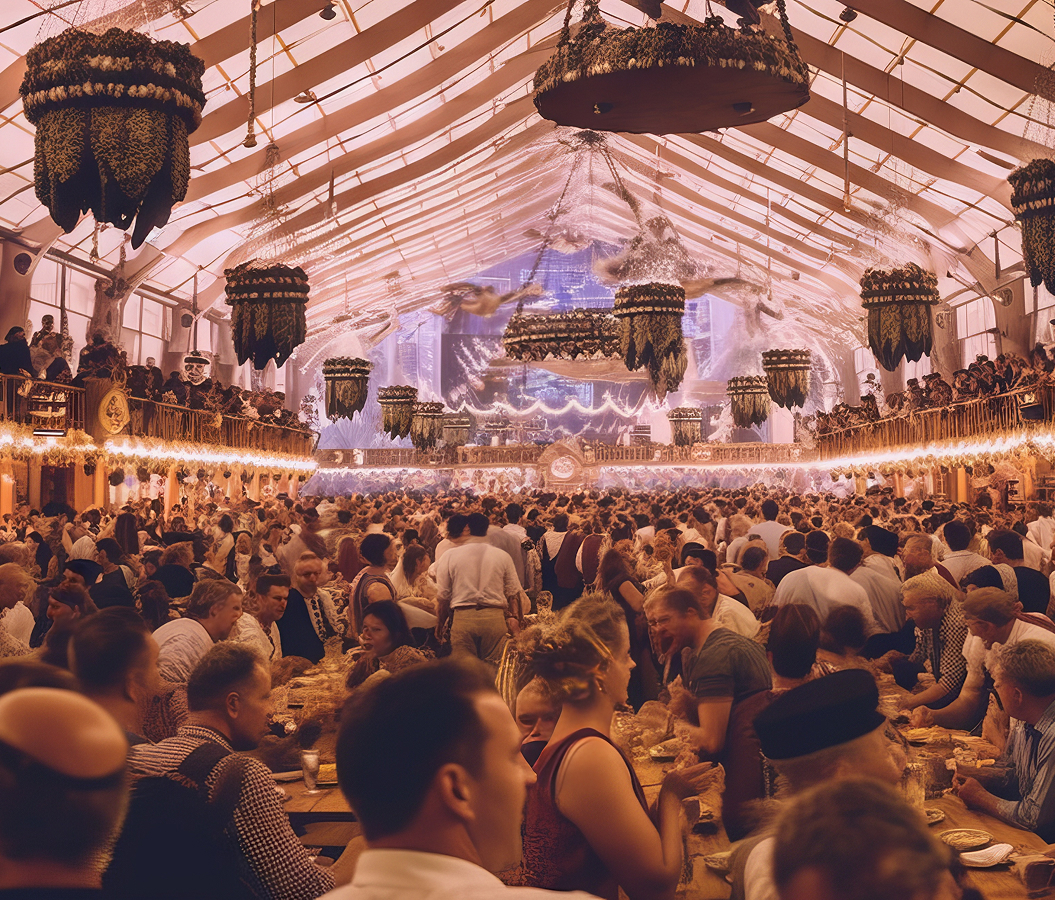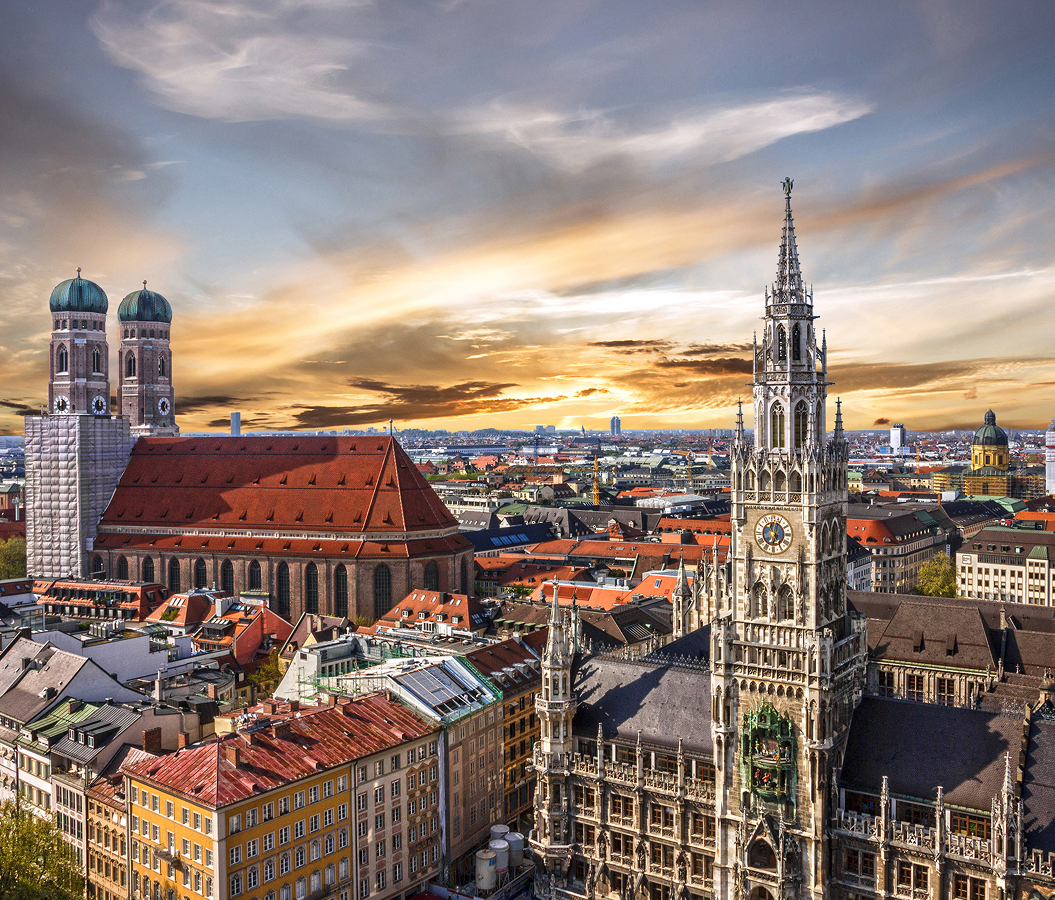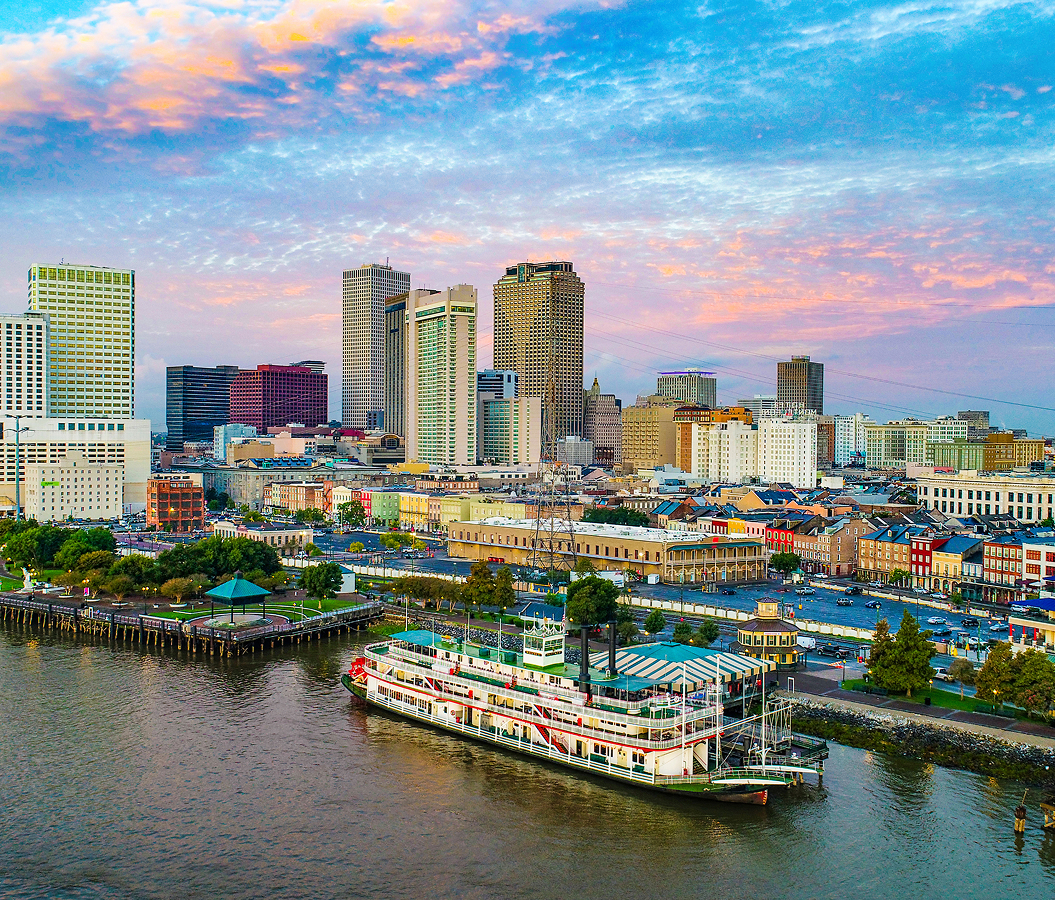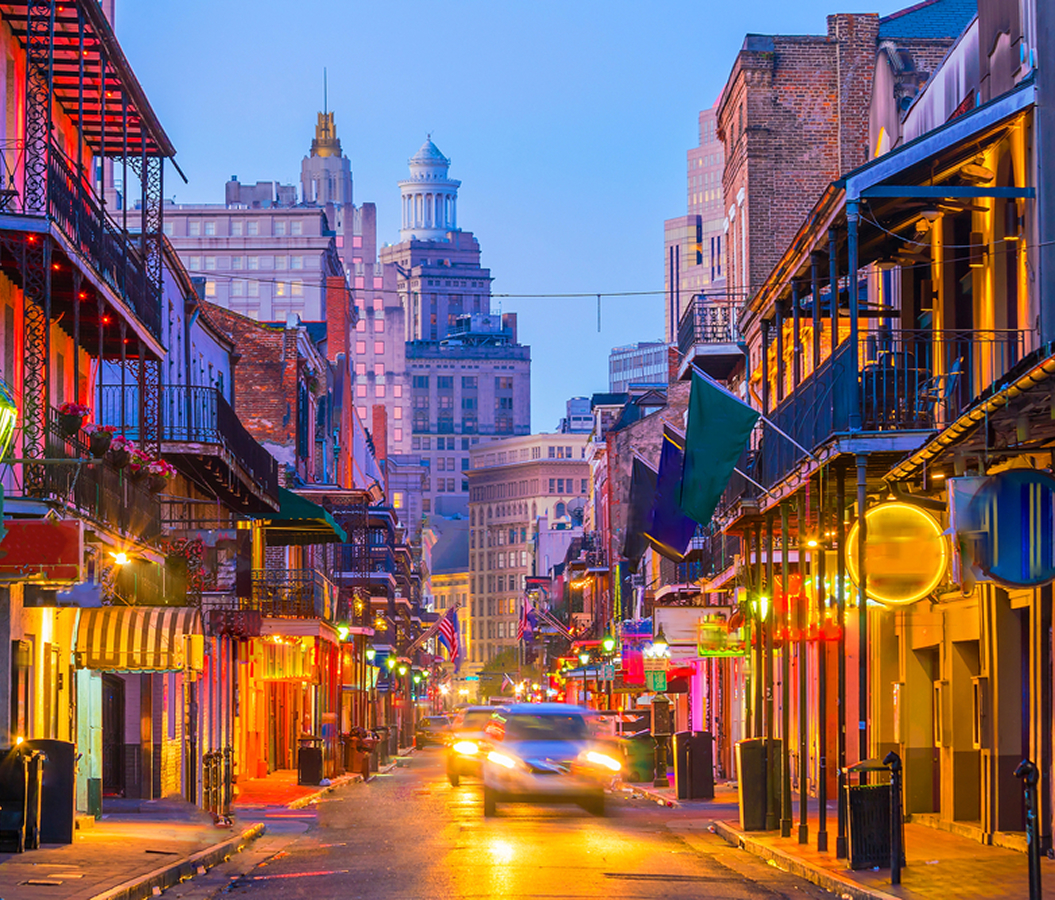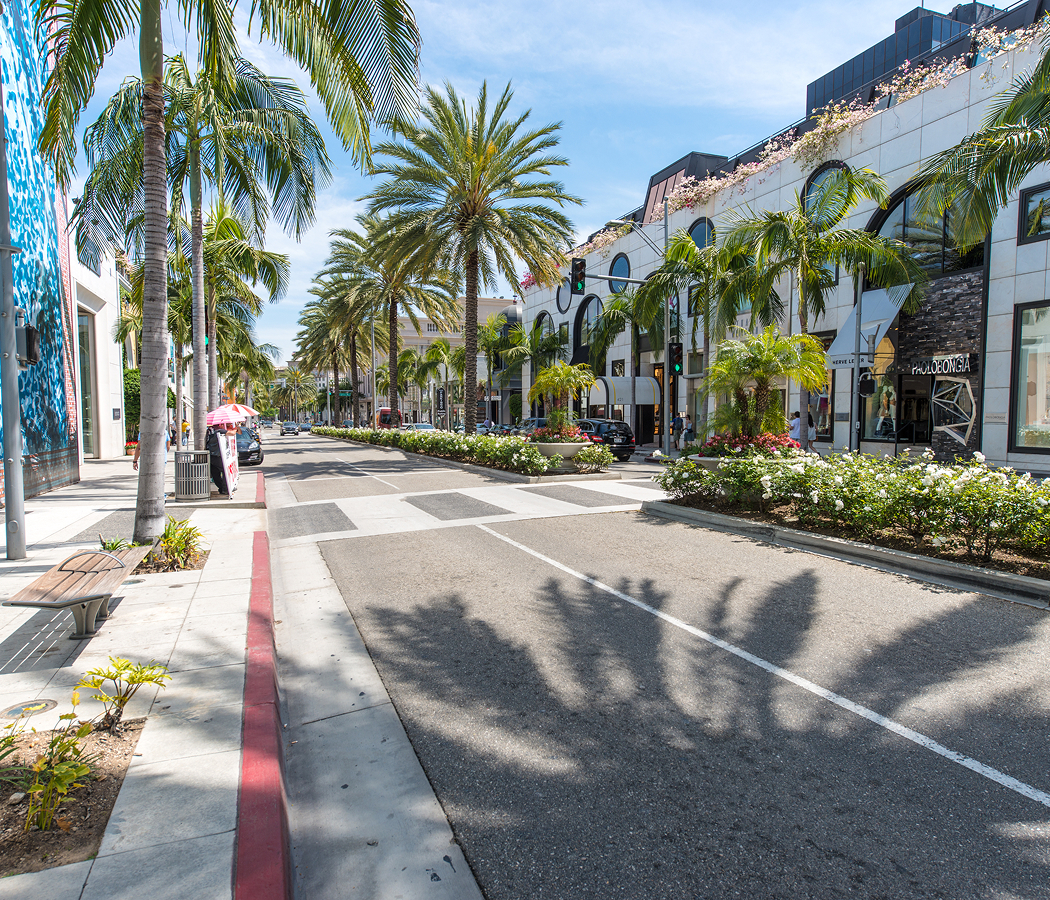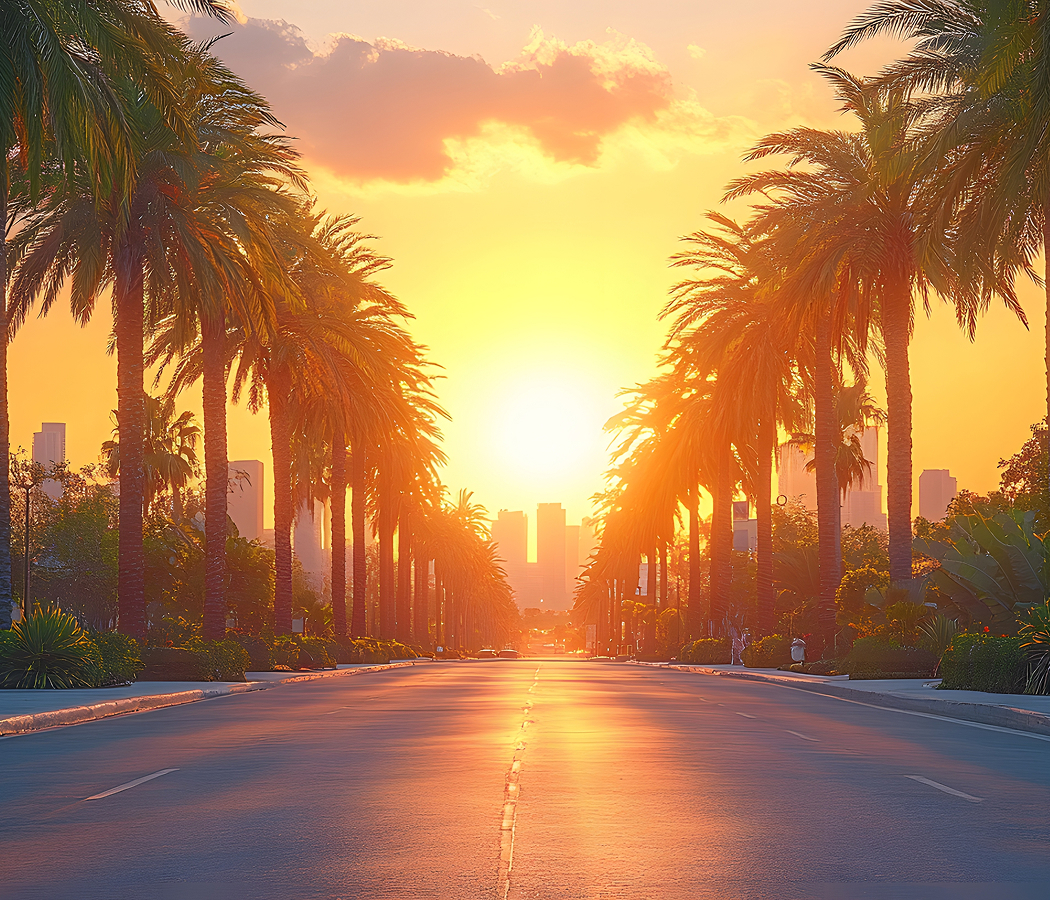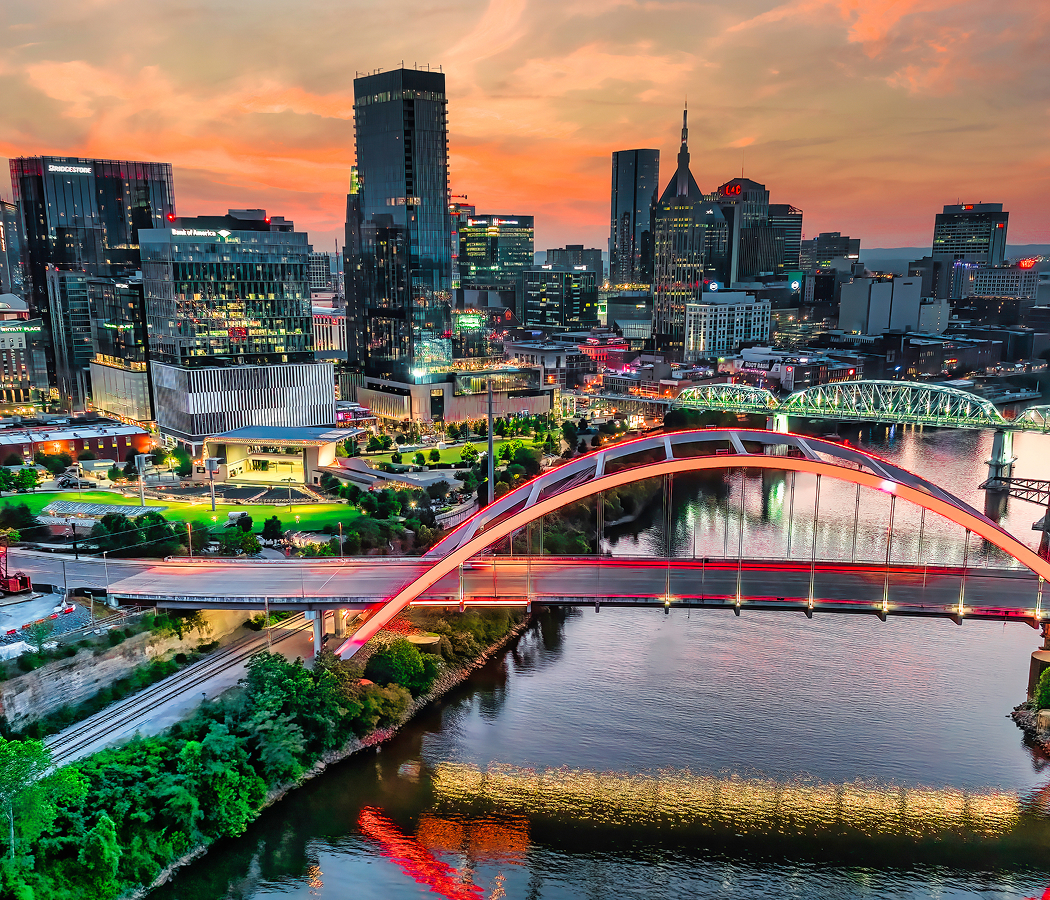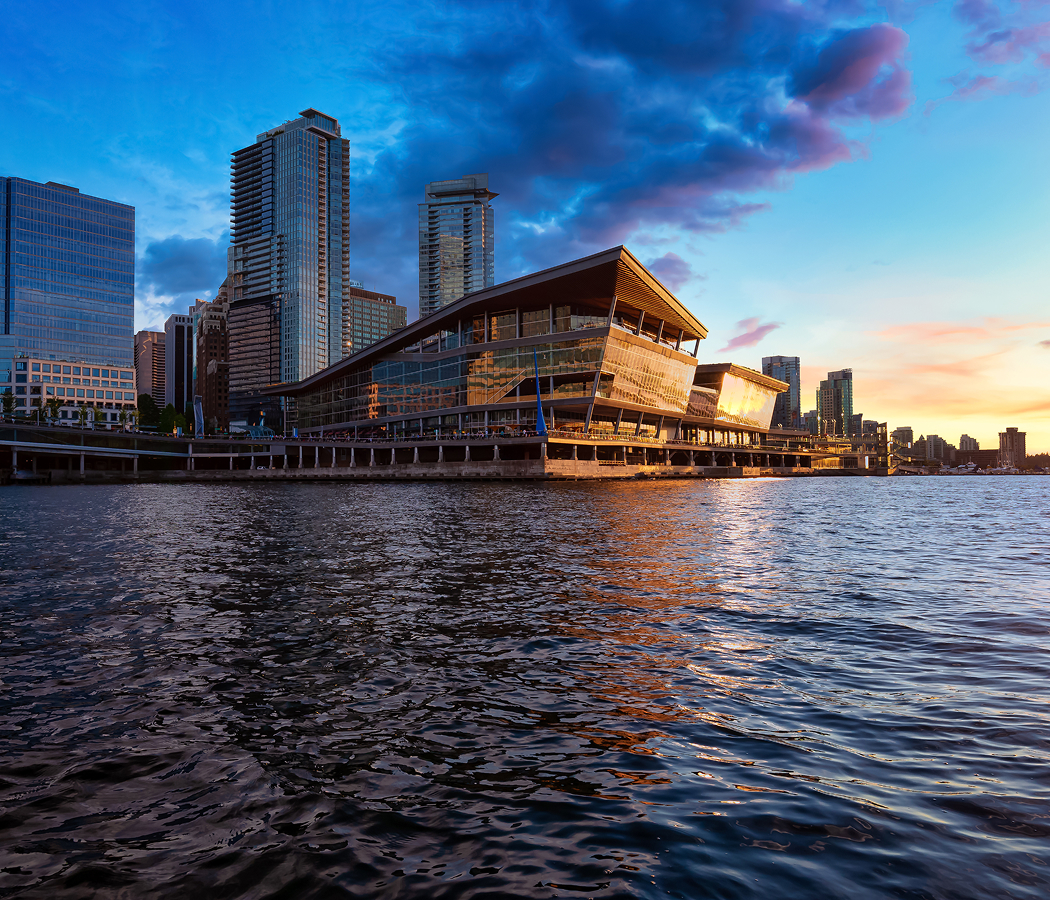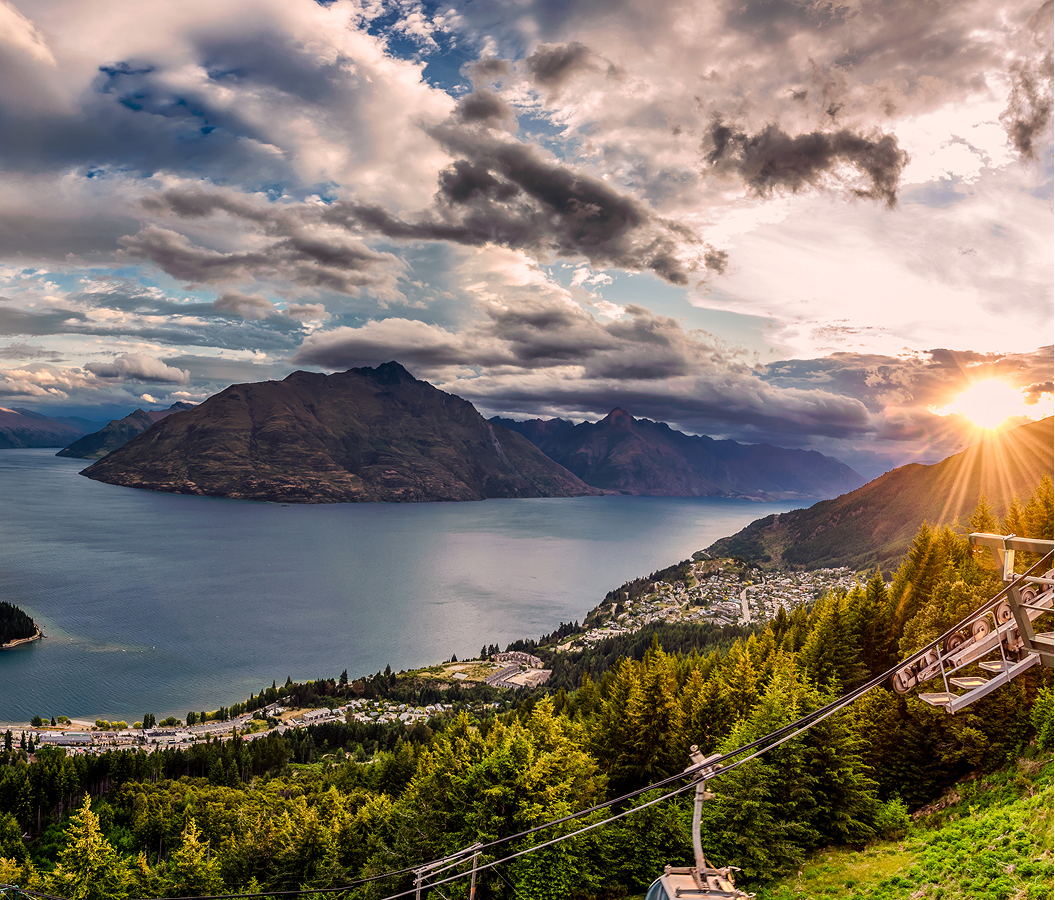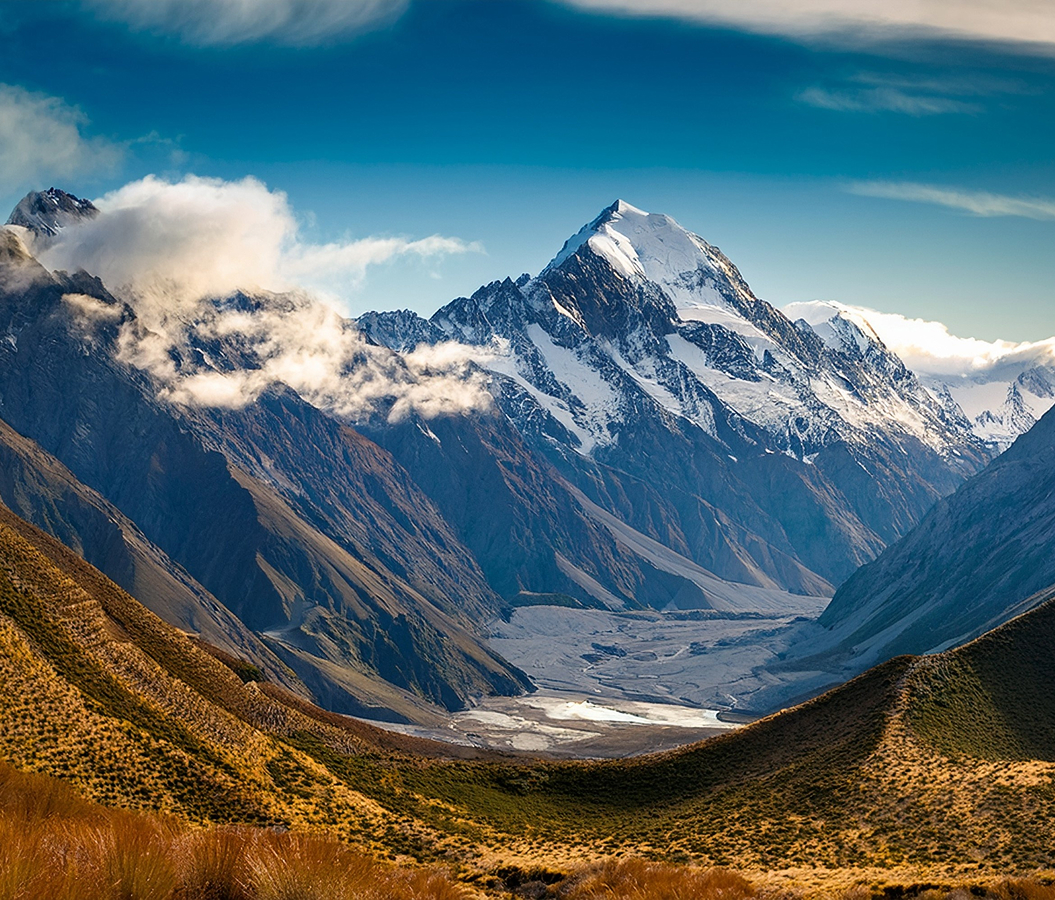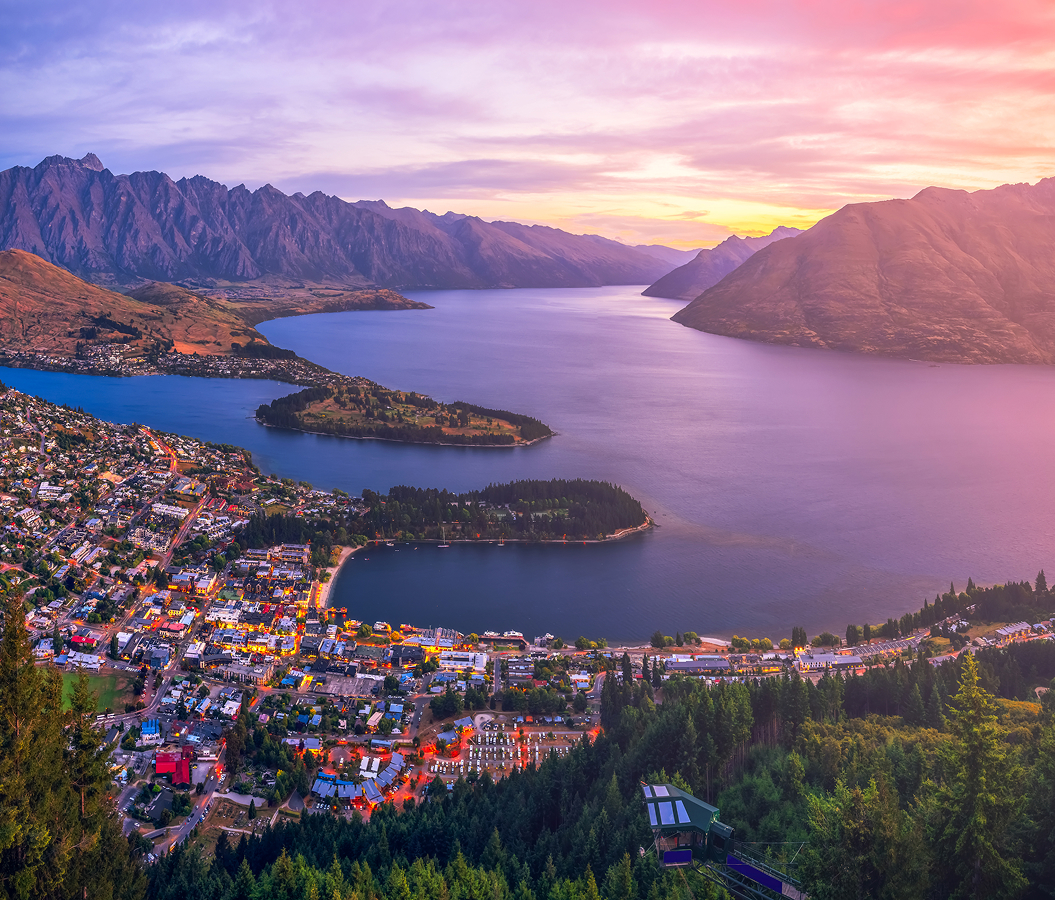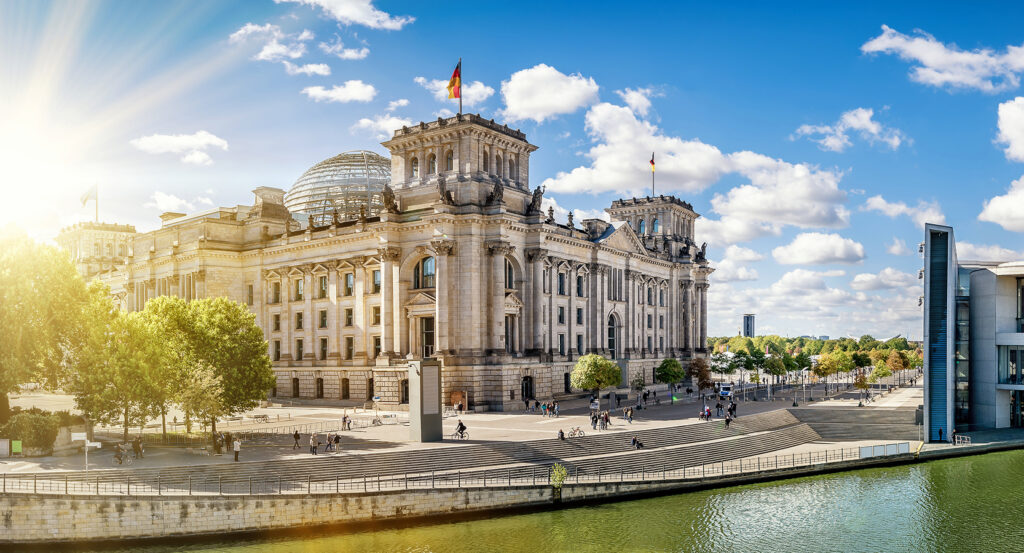
Why you should experience the Reichstag Building in Berlin.
The Reichstag Building in Berlin is more than an architectural landmark, it’s the living heartbeat of German democracy, where history, resilience, and transparency converge beneath a dome of glass and light.
Standing proudly in the government quarter near the River Spree, the Reichstag is both a symbol of rebirth and a reminder of the past. Originally completed in 1894 by architect Paul Wallot, it served as the home of the German Parliament until the fire of 1933, a pivotal event that marked the rise of totalitarian rule. For decades, its blackened shell stood as a haunting relic amid the divided city, until Germany’s reunification called it back to purpose. The post-Cold War restoration, led by British architect Sir Norman Foster, transformed the building into one of Europe’s most powerful architectural statements. His design preserved the historic stone exterior while adding a modern glass dome that crowns the structure, a transparent beacon symbolizing openness and accountability in government. Climbing its spiral ramp, visitors look down upon the parliamentary chamber itself, a literal embodiment of democracy’s principle: that power rests with the people. Few buildings in the world so perfectly blend political symbolism, architectural brilliance, and national identity as the Reichstag.
What you didn’t know about the Reichstag Building.
The Reichstag’s evolution mirrors the story of Germany itself, from empire to ashes, and from division to unity.
Its name derives from Reichstag, meaning “Imperial Diet,” a term that once referred to the legislative assembly of the German Empire. The building’s history is a study in resilience: damaged in World War II, abandoned during the Cold War, and ultimately resurrected as a monument to transparency and democracy. When Sir Norman Foster began his redesign in the 1990s, he insisted that the Reichstag’s wounds remain visible, preserving the Soviet graffiti scrawled on its walls by Red Army soldiers in 1945 as a raw reminder of history’s scars. The new glass dome was not merely aesthetic; it was philosophical. Its design allows sunlight to illuminate the plenary chamber below while a mirrored cone reflects light throughout, symbolizing enlightenment and oversight. Rainwater and solar energy are harvested as part of the building’s sustainable infrastructure, underscoring the modern Bundestag’s commitment to environmental responsibility. On its roof terrace, visitors stand where history was rewritten, from the division of East and West to the declaration of a united Germany. Few realize that the decision to relocate the federal government from Bonn back to Berlin in 1999 was symbolically sealed here, inside this building. Every layer of the Reichstag tells a story: of imperial grandeur, fascist destruction, Cold War silence, and democratic revival. Today, the German eagle, the Bundesadler, presides over the chamber with quiet dignity, its wings spread as if to guard the fragile peace born from hard-won lessons.
How to fold the Reichstag Building into your trip.
Visiting the Reichstag Building is not just a tour, it’s an encounter with the soul of modern Germany.
To truly appreciate its significance, start at the nearby Brandenburg Gate, then walk toward the Reichstag across the Tiergarten’s manicured lawns. The building’s neoclassical façade commands attention, but the dome is its true marvel. Admission is free, though advance registration is required due to its popularity. Arrive near sunset if possible; as the glass panels catch the shifting light, Berlin unfurls in all directions, from the Spree’s calm reflection to the TV Tower rising above Alexanderplatz. The audio guide, available in multiple languages, leads you along the dome’s spiraling path while recounting key moments in the nation’s history, weaving architecture with politics in a way few sites can. Afterward, step onto the open-air terrace for panoramic views of Berlin’s skyline, the contrast of the Reichstag’s historic stone against the city’s sleek modern lines captures the essence of Germany’s evolution. At night, the dome glows like a lantern, a luminous metaphor for democratic transparency. Pair your visit with a stroll through the nearby Memorial to the Murdered Jews of Europe or a walk along Unter den Linden to complete a day steeped in reflection and meaning. Whether you come for the architecture, the history, or the principle it represents, the Reichstag reminds every visitor that light, once lost, can always return, and that democracy, like the dome itself, is strongest when it remains open to all.
Hear it from the Foresyte community.
You climb the dome and it feels like you’re floating over the city while literally staring down at politicians. Wild concept but it works.
Where meaningful travel begins.
Start your journey with Foresyte, where the planning is part of the magic.
Discover the experiences that matter most.




